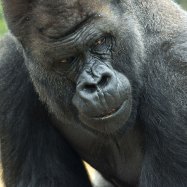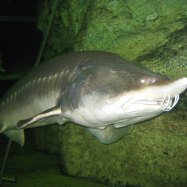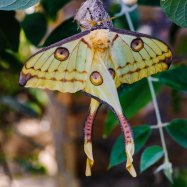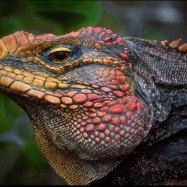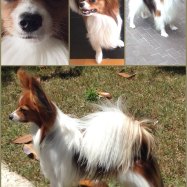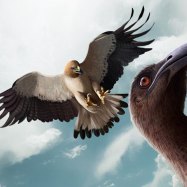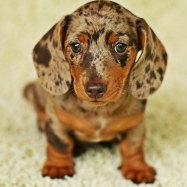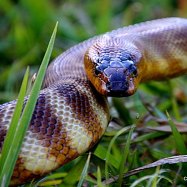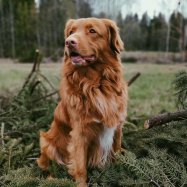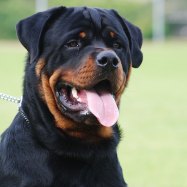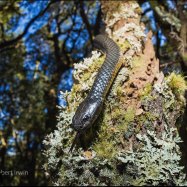
Quokka
40-54 cm (16-21 in)
The quokka, found only on Rottnest Island in Western Australia, is a compact and stocky member of the macropodidae family, measuring 40-54 cm in length. Known for its friendly and curious nature, this cute marsupial has become a popular tourist attraction. However, it's important to remember to respect their natural habitat and refrain from feeding or touching them. #quokka #RottnestIsland #KangarooFamily #cuteanimals #Australia #wildlife
Animal Details Summary:
Common Name: Quokka
Kingdom: Animalia
Habitat: Brushland, Scrubland, Coastal Areas
The Quokka: Australia's Iconic Happy Animal
Hidden away on a small island off the coast of Western Australia lives one of the happiest and most photogenic animals in the world – the quokka. This small marsupial has captured the hearts of people all over the world with its adorable smile and friendly demeanor, making it one of the most famous and iconic animals in Australia.Scientifically known as Setonix brachyurus, the quokka belongs to the kingdom Animalia, phylum Chordata, class Mammalia, and order Diprotodontia. It is a member of the macropod family, along with its larger relatives such as kangaroos and wallabies Quokka.
Habitat and Distribution
Quokkas primarily inhabit brushland, scrubland, and coastal areas on the mainland and surrounding islands of Western Australia. However, their only permanent residence is on Rottnest Island, located 18 kilometers off the coast of Perth. The island is also known as "Rotto" by the locals and has been designated as an A-class reserve, meaning that it is a protected area for its unique flora and fauna. The quokka is the only mammal that is endemic to Rottnest Island, making it a popular tourist destination for those who want to catch a glimpse of these adorable creatures in their natural habitat.Feeding and Diet
The quokka is a herbivorous animal, feeding on a variety of vegetation such as grasses, leaves, and bark. They are also known to eat fruits, seeds, and roots, making them an important part of the island's ecosystem as they help disperse seeds and regenerate vegetation. Interestingly, quokkas do not need to drink water to survive as they obtain all the moisture they need from their food.Appearance and Behavior
One of the most distinctive features of the quokka is its smile, which has earned it the nickname "the world's happiest animal." Their sandy brown and light brown fur further adds to their endearing appearance, making them look like miniature teddy bears Quetzal. Their body shape is compact and stocky, with short and rounded ears, round bodies, and a thin tail. On average, they measure between 40-54 cm (16-21 inches) in length and weigh anywhere from 2.5 to 5 kilograms (5.5 to 11 pounds).In addition to their friendly smile, quokkas are also known for their docile and curious nature. They are incredibly social and tend to live in large groups, known as mobs, with up to 150 individuals. Experts believe that their social behavior is due to a lack of predators on Rottnest Island, which has allowed them to thrive and live peacefully.
The Quokka Craze
The quokka has gained worldwide attention in recent years, thanks to the rise of social media and the #quokkaselfie trend. Visitors to Rottnest Island are often seen snapping photos with these friendly creatures, and the island has even set up designated areas for tourists to take pictures with the quokkas safely.However, the popularity of quokkas has also raised concerns about their well-being, as some tourists have been accused of disturbing their natural habitat by trying to take selfies with them. To combat this, a campaign called "Dial B for Quokka" was launched, encouraging tourists to take photos from a safe distance and not to touch or feed the animals.
Conservation Efforts
While quokkas are not currently considered an endangered species, they have faced threats in the past, including habitat loss and introduced predators like foxes and cats. To protect the population on Rottnest Island, the Australian government has implemented conservation measures, including the implementation of a feral animal control program and the construction of predator-proof fences around the moat of the island.Moreover, the government of Western Australia has designated April 13 as "Quokka Day" to raise awareness of the animal's survival needs and promote conservation efforts. This includes educating the public about responsible tourism and the importance of preserving the quokkas' natural habitat.
In Conclusion
In conclusion, the quokka is a unique and endearing animal that has captured the hearts of people worldwide. Its distinctive smile and friendly nature make it a must-see for any animal lover visiting Australia. While it has faced challenges in the past, the quokka's conservation status is relatively stable, thanks to the efforts of the Australian government.If you ever have the chance to visit Rottnest Island, be sure to keep an eye out for these adorable marsupials and remember to respect their habitat. Let's continue to support conservation efforts for the quokka and ensure that future generations can also experience the joy of encountering these happy creatures in the wild.
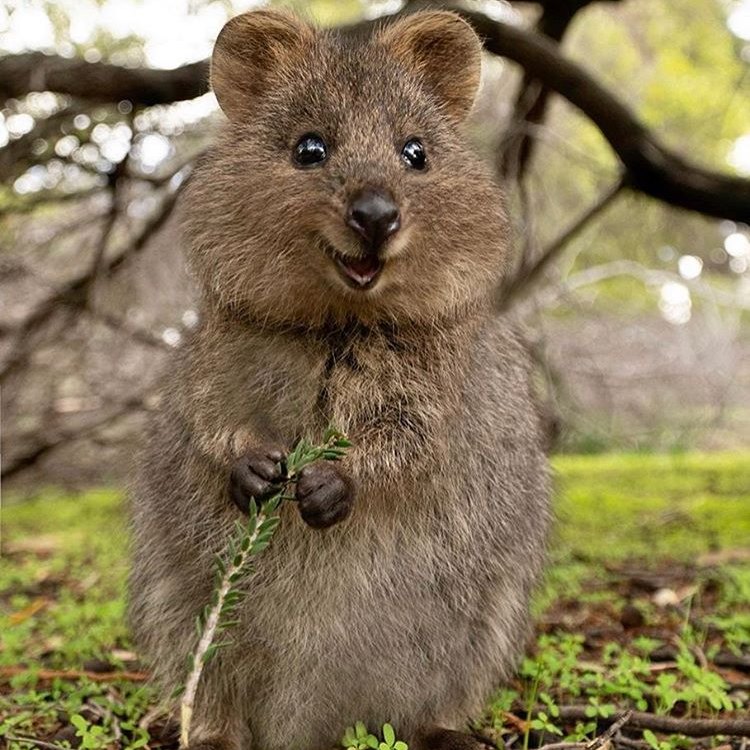
Quokka
Animal Details Quokka - Scientific Name: Setonix brachyurus
- Category: Animals Q
- Scientific Name: Setonix brachyurus
- Common Name: Quokka
- Kingdom: Animalia
- Phylum: Chordata
- Class: Mammalia
- Order: Diprotodontia
- Family: Macropodidae
- Habitat: Brushland, Scrubland, Coastal Areas
- Feeding Method: Herbivore
- Geographical Distribution: Western Australia
- Country of Origin: Australia
- Location: Rottnest Island, Western Australia
- Animal Coloration: Sandy brown, light brown
- Body Shape: Compact and stocky
- Length: 40-54 cm (16-21 in)
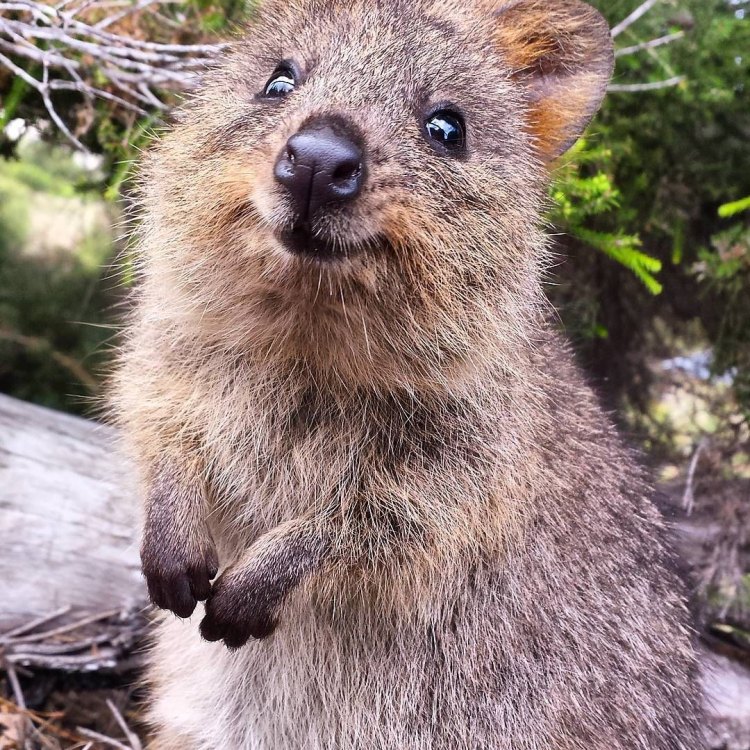
Quokka
- Adult Size: 35-50 cm (14-20 in)
- Average Lifespan: 10 years
- Reproduction: Marsupial
- Reproductive Behavior: Seasonal breeding
- Sound or Call: Chattering and hissing
- Migration Pattern: Non-migratory
- Social Groups: Small family groups
- Behavior: Mainly nocturnal
- Threats: Habitat loss and introduced predators
- Conservation Status: Vulnerable
- Impact on Ecosystem: Seed dispersers
- Human Use: Tourist attraction
- Distinctive Features: Smiling facial expression
- Interesting Facts: Considered the happiest animal on Earth
- Predator: Introduced predators like foxes and cats
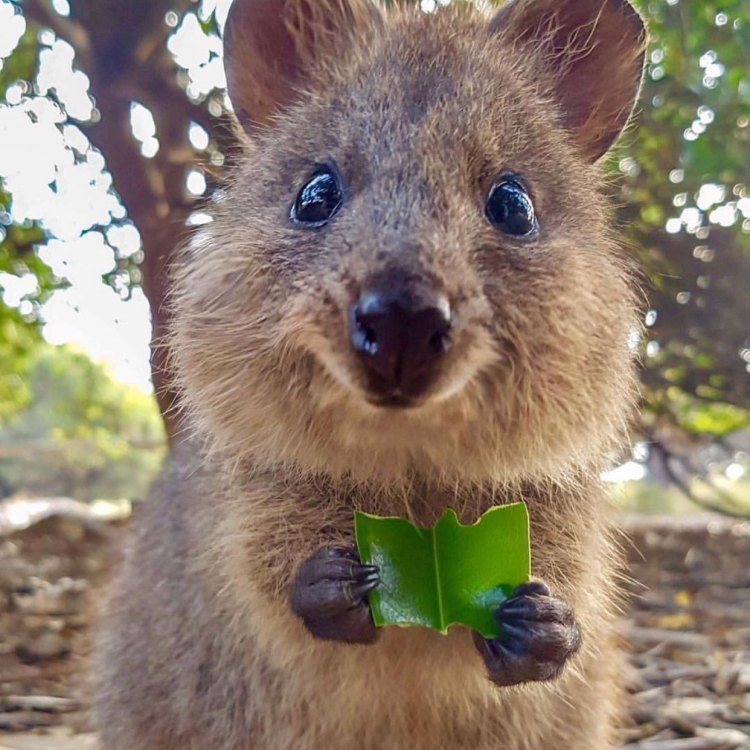
Setonix brachyurus
The Quokka: The Happiest Animal on Earth
If you have never heard of a quokka before, then you are in for a treat. This cute and cuddly creature has gained fame as the "happiest animal on Earth," and it's easy to see why. With its smiling facial expression, the quokka looks like it is in a constant state of joy and contentment. But there is more to this unique marsupial than just its cheerful appearance PeaceOfAnimals.Com. In this article, we will dive deep into the world of quokkas and discover what makes them such a special and beloved animal.One look at a quokka and it's hard not to smile. With their round fluffy bodies and adorable faces, they seem almost too good to be true. But these creatures are indeed real and can be found mainly on Rottnest Island, just off the coast of Western Australia. They are also found on small pockets of the mainland, including some areas of Western Australia and South Australia.
So, what exactly makes quokkas stand out from the rest of the animal kingdom? Let's start with their appearance. Quokkas are small marsupials, measuring 35-50 cm (14-20 in) in length, and weighing around 2.5-5 kg (5.5-11 lbs) Queen Snake. They have brown fur that is coarse and thick, with a lighter underbelly. Their famously "smiling" face is due to their large cheek pouches and upward curve of their lips. But despite this adorable expression, quokkas are still wild animals and should not be approached too closely or touched.
While quokkas may seem like they are perpetually happy, they do have their own set of challenges and struggles. The average lifespan of a quokka is around 10 years, but they can live up to 15 years in captivity. In the wild, they face threats such as habitat loss and introduced predators like foxes and cats. These predators have been the main cause of their decline in population, leading to their conservation status as vulnerable.
But let's not dwell on the negatives, because quokkas have some fascinating and unique features that make them an important part of their ecosystem. As marsupials, quokkas give birth to underdeveloped young, who then continue to develop in their mother's pouch. Their reproductive behavior is seasonal, with breeding occurring during the summer months. This means that the pouches of female quokkas will be full of joeys during this time.
Additionally, quokkas are mainly nocturnal, meaning they are more active at night. This makes them difficult to spot in the wild, as they tend to hide in the dense vegetation during the day. They are also non-migratory, which means they remain within a limited area throughout their lives. Quokkas usually live in small family groups, with a dominant male and several females. They communicate with each other through chattering and hissing sounds, and sometimes by using scent markings.
But what is the role of quokkas in their ecosystem? These gentle creatures are important seed dispersers, meaning they help plants to spread and grow by eating their fruits and spreading the seeds around their environment. This makes them vital for maintaining a healthy and diverse ecosystem. In fact, some plants rely on quokkas for their survival, making these animals essential for the balance of their environment.
While quokkas may face threats in the wild, they have also found a unique way to coexist with humans. Due to their adorable appearance and cheerful demeanor, quokkas have become a top tourist attraction, drawing visitors from all over the world to Rottnest Island. Tourists, especially children, have a chance to see and interact with these creatures in their natural habitat, making it a unique and memorable experience. However, it is essential to respect the quokkas and their space, as too much human interaction can be harmful to them.
As humans, it is our responsibility to protect and conserve the quokka population, and efforts are currently being made to do so. The Western Australian government has implemented various conservation programs and regulations to protect the quokkas and their habitat. This includes controlling the population of introduced predators and implementing sustainable tourism practices. With these measures in place, it is hoped that the quokka population will continue to thrive and remain a vital part of the Western Australian ecosystem.
In conclusion, the quokka may be small and cute, but it is so much more than just a pretty face. This unique marsupial is a crucial part of its ecosystem, a beloved tourist attraction, and a symbol of happiness and positivity. With its smiling face and cheerful demeanor, the quokka has captured the hearts of many people around the world, solidifying its place as the happiest animal on Earth. So, the next time you see a picture of a quokka, take a moment to appreciate and admire this incredible creature and its significant role in the world around us.
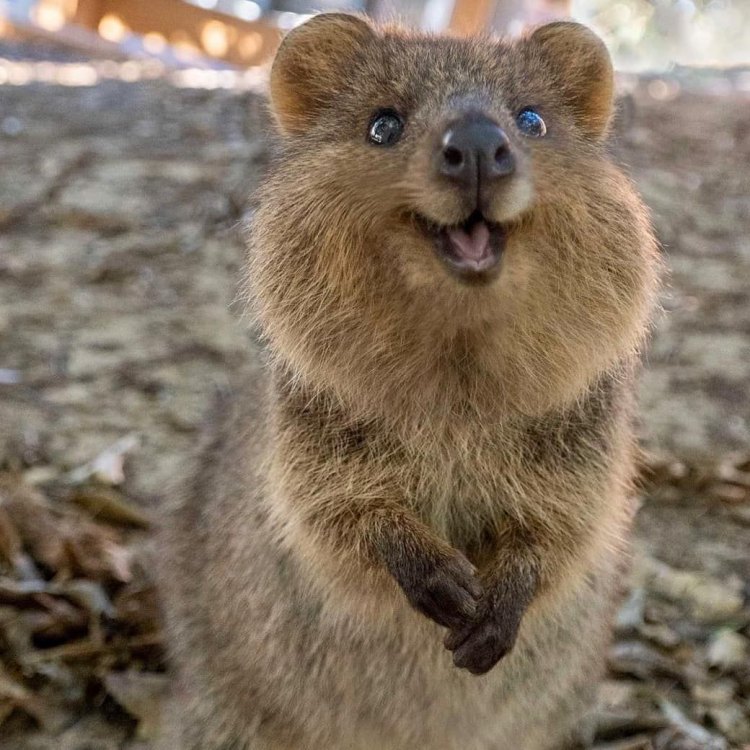
The Quokka: Australia's Iconic Happy Animal
Disclaimer: The content provided is for informational purposes only. We cannot guarantee the accuracy of the information on this page 100%. All information provided here may change without prior notice.

